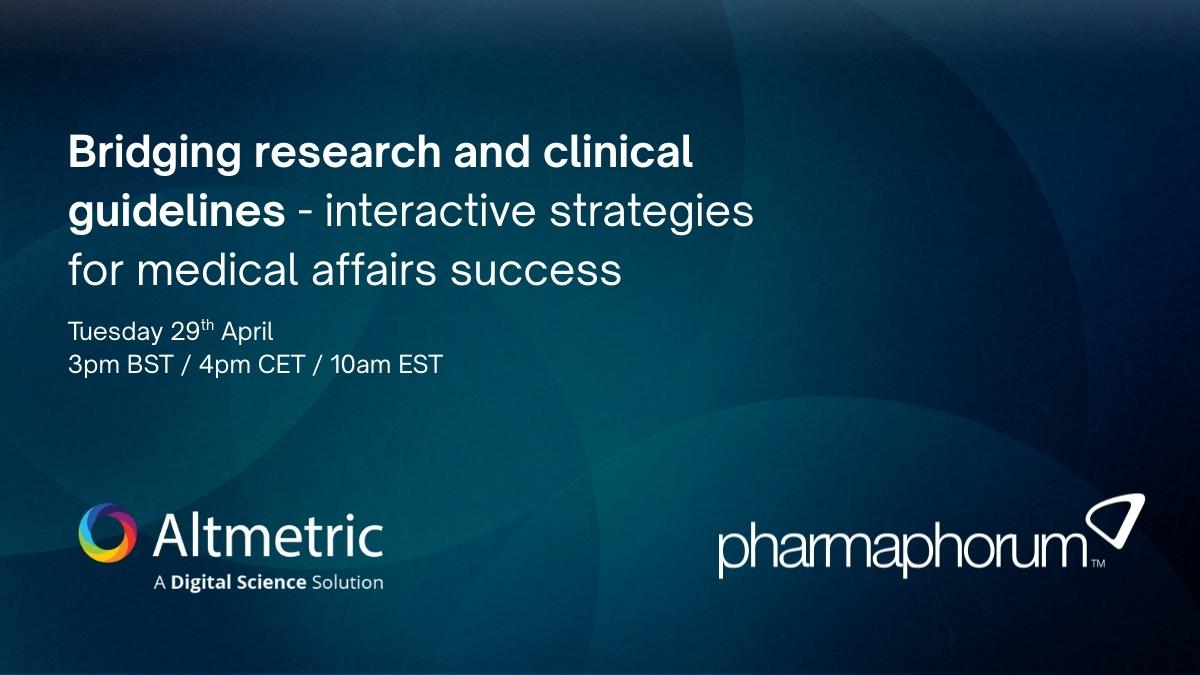Innovation, real-world data, and precision medicine: Pierre Fabre and the lung cancer space

As ASCO 2025 kicks off in Chicago, pharmaphorum looks back to a conversation with Pierre Fabre Laboratories at the ESMO congress last autumn, where we spoke with experts Théodore Leondaridis, Global Franchise Head, Innovative Oncology (Spain); Dr Francesco Hofmann, VP and Head of Research and Development (Switzerland); and Nuria Perez Cullell, Medical Director, Patient & Consumer.
The conversation centred on the company’s latest developments and strategic direction in cancer therapies, with a particular focus on lung cancer. From real-world studies to pioneering targeted therapies, Pierre Fabre is positioning itself as a key player in the fight against non-small cell lung cancer (NSCLC).
A mid-size company with a big vision
Pierre Fabre is a mid-sized pharmaceutical company with a 40-year legacy in oncology, and it is embracing the rapid pace of innovation in cancer care.
“The pace of innovation brings joy,” said Leondaridis. “We’re proud to be on this journey, bringing meaningful benefit to patients.”
Despite the challenges mid-sized companies face in competing with larger players, Pierre Fabre has made significant strides, launching four products across five indications in the past five or six years. Their focus on precision medicine includes targeting BRAF, HER2, EGFR, and CMET mutations, with a pipeline that reflects their ambition to lead in this space.
“Now, what we see is second-generation, third-generation, fourth-generation precision medicine treatments that push the boundary again,” said Leondaridis.
Reflecting on the broader landscape of cancer innovation, Dr Hofmann acknowledged the rapid progress in the field over the past decade, emphasising the expansion of both therapeutic modalities and biological targets. He noted: “There has been quite some progress in the last 10, 15 years […] a broadening of the modalities that are applicable in cancer, as well as a broadening of the biological processes that one can tackle.”
Strategic partnerships fuelling growth
Pierre Fabre’s strategy hinges on forming strong, long-term partnerships, particularly with US biotech firms. Recent collaborations with Scorpion Therapeutics, Atara Biotherapeutics, Puma Biotechnology, and Kaynet Bio have expanded their capabilities in targeted therapies and cell therapy.
Dr Hofmann emphasised the importance of these alliances: “Our partnership with Scorpion Therapeutics, for example, includes two molecules in NSCLC – one targeting mutant cells and another as a fourth-generation inhibitor. These are the kinds of differentiated assets that will define the future of oncology.”
The company also maintains a strong presence in China, further expanding its global footprint.
A major highlight at the time of the conversation at ESMO 2024 was the European Commission’s approval of Pierre Fabre’s BRAFTOVI (encorafenib) + MEKTOVI (binimetinib) combination for treating advanced non-small cell lung cancer (NSCLC) with a BRAFv600E mutation, which marked a significant milestone, offering a new targeted treatment option for a patient population with limited alternatives.
“This is a huge step,” said Leondaridis. “We started this journey with melanoma, and now we’re bringing the same level of innovation to lung cancer. It’s about caring for a single person to make the whole world better.”
Perez Cullel added that “the PHAROS study showed over 75% success in treatment-naïve patients, with a median progression-free survival of 30 months. It’s a beacon of hope.”
Real-world evidence: The Octopus study
More recently, at this year's European Lung Cancer Congress (ELCC) in Paris, Pierre Fabre presented findings from its real-world study, OCTOPUS, which focused on patients with BRAF V600-mutated metastatic NSCLC. The study revealed a significant gap between clinical guidelines and actual treatment practices.
“Almost 50% of patients do not receive targeted therapy in frontline, although this is the preferred option recommended by ESMO guidelines,” Leondaridis emphasised.
This discrepancy underscores the need for better implementation of clinical guidelines and highlights the importance of real-world data in shaping treatment strategies. The study confirmed that patients receiving targeted therapies in the first line had better outcomes, reinforcing the rationale behind current recommendations.
A strategic, precise focus
Overall, then, Pierre Fabre’s approach to lung cancer is rooted in precision medicine.
“We are addressing EGFR exon20, EGFR exon19 resistance mechanisms, and MET amplification and exon 14 skipping mutations,” said Leondaridis. “Altogether, we now have a pipeline and treatments that can address a majority of the mutations that you see in non-small cell lung cancer.”
Dr Hofmann added: “We’re seeing not just new modalities like immunotherapy and cell therapy, but also a deeper understanding of biological processes. The field is moving toward more selective, potent treatments that address even metastatic disease to the brain.”
This comprehensive strategy not only enhances the company’s scientific credibility, but also strengthens its relationships with oncologists and pulmonologists across Europe.
“Physicians we used to work with were extremely happy to see Pierre Fabre back in this field,” Leondaridis noted.
Partnerships and innovation infrastructure
Beyond drug development, Pierre Fabre is investing in partnerships and infrastructure to accelerate innovation further. A notable example is its recent collaboration with a major oncology centre in Toulouse to build a tumour biopsy biobank.
“It’s a tumour biopsy base to monitor all the oncogenes and resistance mechanisms that may arise […] to accelerate, really, the understanding we have of tumour biology,” Leondaridis explained.
This initiative aims to deepen scientific understanding and improve patient outcomes by tracking how tumours evolve under treatment.
Beyond precision to holistic care
Pierre Fabre’s commitment goes beyond treatment efficacy, however, also emphasising quality of life, side effect management, and patient adherence.
“It’s not just about treatment, it’s about care,” said Nuria. “We work closely with healthcare professionals to ensure patients receive the right environment of care.”
Pierre Fabre’s foundation-owned structure, combining dermo-cosmetics and pharmaceuticals, gives it a unique position in the oncology landscape. As Leondaridis put it, “We’re not just here to treat – we’re here to transform cancer care.”
He also emphasised the rapid pace of innovation in oncology, aligning with ESMO President Andrés Cervantes’ remarks on the “galloping pace of innovation.” Certainly, ESMO itself was a source of inspiration in this respect late last year.
And ASCO 2025 seems only set to build upon that.











